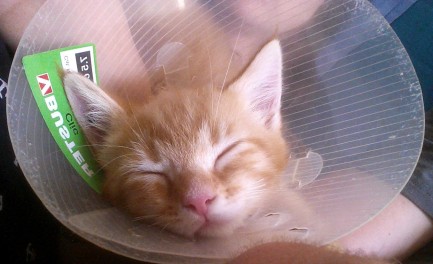

It is now law to desex all dogs and cats by 6 months of age unless an exemption is obtained. Desexing or neutering your dog or cat is important because it provides health, welfare and behavioural benefits. Desexing in males (neutering or castration) involves removing both testicles and in females (neutering or speying) both ovaries and most of the uterus.
Desexing is performed from Monday-Friday and involves your pet coming to spend the day at the surgery and undergoing a general anaesthetic. We normally ask you to drop your pet off between 8-8:30am and the surgical nurse will run through the procedure for the day.
As an optional extra we recommend having a pre-anaesthetic blood test before your pet goes under anaesthetic, which can be done on the morning of the surgery. This test helps detect early disease which may affect our choice of anaesthesia. Your pet will be placed on I/V fluids during their procedure to reduce anaesthetic risk, stabilize blood pressure and assist with a speedy recovery.
When you come to collect your pet, their surgical nurse will run through all the aftercare information with you, including instructions for medication needed and how your pet can adjust to having a head collar on to prevent licking or chewing at the sutures or surgical wound. Although ‘head collars’ appear uncomfortable, pets quickly adapt to them and the benefit outweighs the ‘look’!
Stitches are generally removed 10-14 days later, and you will be asked to keep your pet rested until the sutures are removed.
If you are unsure or simply concerned about desexing then give us a call to talk it through. We will be easily able to alleviate any of your fears.
Males:
Females:

Males:
Females:
Contrary to some opinions – desexing will NOT change your pet's personality.